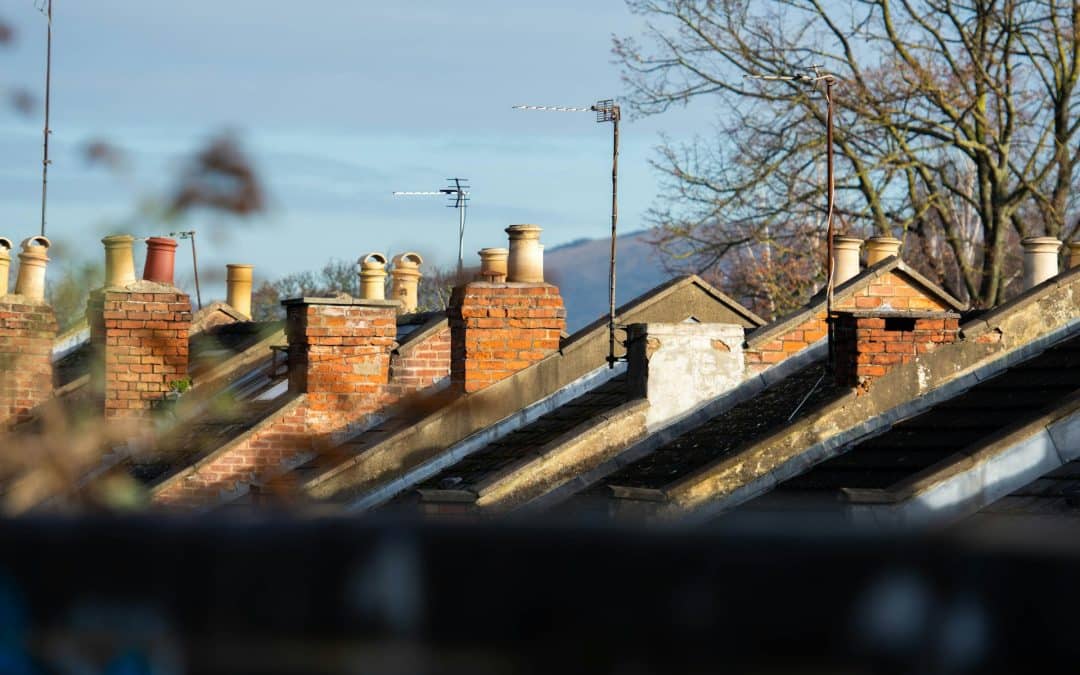Roofs are like any good friend; they quietly do their job without much fuss. However, even the best friendship has its limits. After many years of protecting your home from wild winds, heavy rains, and scorching sun, your roof might need a replacement. Recognizing the signals early helps to avoid costly repairs down the road.
Most homeowners don’t think about their roofs until there’s a problem. But catching issues before they become major can save time and money. Whether it’s spotting missing shingles, dealing with pesky leaks, or noticing your energy bills climbing, the key is to be observant. A little attention can go a long way in maintaining the safety and comfort of your home.
Knowing when to say goodbye to your old roof requires a bit of detective work. Look out for visual clues, check for sneaky leaks, and consider the roof’s age. Each hint guides you to an informed decision, ensuring your home continues to be safe and secure, rain or shine.
Recognizing Visible Damage
Spotting visible damage on your roof is one of the most straightforward ways to assess its condition. Start by checking for cracked or missing shingles. These are common signs that your roof is struggling against the elements. Shingles protect the roof deck and your home from water damage. Missing shingles could lead to leaks, and cracked ones might indicate age or extreme weather impact.
Another thing to watch for is mold or algae growth. These unsightly patches aren’t just about aesthetics; they can signal trapped moisture. Mold and algae can hold water against the roof, leading to rot or deterioration. Regularly cleaning and inspecting your roof helps keep such growth in check.
If your home has a chimney or vents, inspect the flashing around these areas. Loose or damaged flashing can result in water seeping into your home. Also, examine the gutters and downspouts; if they’re clogged or sagging, it might be due to roof debris, which can contribute to further roof damage. By being proactive and inspecting these elements, you can determine when it might be time to replace your roof.
Understanding Age and Lifespan
Knowing the age of your roof helps you make decisions about its replacement. Roof materials have different lifespans. So, how old is too old? For instance, asphalt shingles typically last 20 to 25 years. If your roof is approaching or has surpassed this age, it’s time to consider a replacement. Metal roofs, on the other hand, can last 40 to 70 years, while tile or slate roofs may endure for more than 50 years.
Different materials age differently. As they age, you might notice certain issues specific to the material. For example, asphalt shingles may curl or buckle, while metal roofs may develop rust spots over time. It’s crucial to consider the specific signs of aging for the type of roofing material you have.
To figure out if your roof’s age is a concern, start by checking any records or receipts from past work. Also, if you’ve inherited the roof from a previous homeowner, contact them if possible or hire a professional to estimate the remaining lifespan. By understanding how age affects your roof, you can plan and budget accordingly to avoid unexpected problems.
Watching Out for Interior Problems
Interior troubles are often the first indicators of a roof issue. Keep an eye out for ceiling stains and water leaks, as these can mean your roof is no longer watertight. Water spots on ceilings or walls are signs of moisture entering your home, which can lead to serious damage if ignored. Even small stains can grow into big problems, causing structural damage and inviting mold growth.
Increased energy bills and drafts also hint at potential roofing issues. If you notice your heating or cooling costs have jumped without explanation, the roof might be to blame. A damaged or poorly insulated roof lets air escape, making your HVAC system work harder to maintain temperature. Also, if you feel drafts in your home, check your roof’s insulation and ventilation systems. Addressing these problems early can save money on energy bills and prevent further damage to your home.
Evaluating Structural Integrity
Structural integrity is crucial for a safe and secure home. A sagging roof, for instance, signals a significant structural concern. If you see dips or droops in your roofing line, this might mean the roof deck is weakening. This can be due to prolonged moisture exposure or heavy loads of snow or debris.
Deteriorating decks are another serious concern. If the roofing deck beneath the protective layers begins to rot or become unstable, your roof’s ability to safeguard your home is compromised. Regular checks help identify these problems early, preventing expensive repairs.
Professional inspections play a key role in maintaining your roof’s health. While homeowners can spot many signs of trouble, experts can detect less obvious issues. They possess the tools and knowledge to assess your roof comprehensively, ensuring all aspects, from materials to structure, are up to par. Scheduling routine inspections can catch problems before they escalate, providing peace of mind and prolonging your roof’s life.
Conclusion
As you evaluate your roof for these signs, remember that timely action can save you from bigger headaches down the line. A healthy roof is key to a comfortable and secure home environment.
If you’ve spotted any of these signs that hint at trouble with your roof, it might be time for an upgrade. Ensuring your home is well protected with a sturdy, reliable roof is crucial.
At Mike Huddleston Roofing Systems, we’re ready to help you tackle these challenges. Our team of experts provides thorough inspections and affordable roof replacement solutions tailored to meet your specific needs. Don’t wait for small issues to become big problems—reach out to us today and secure your home’s safety for years to come.

